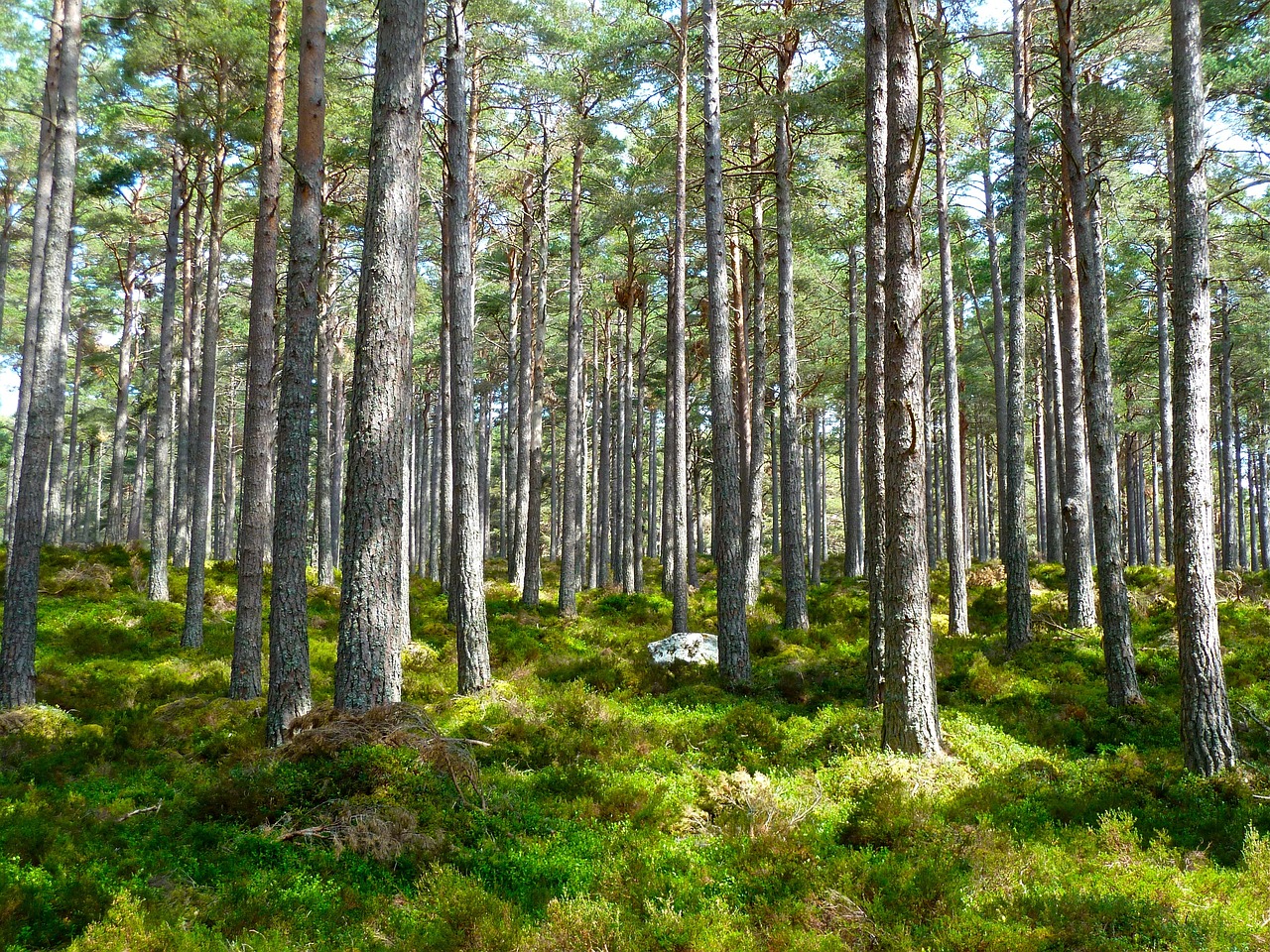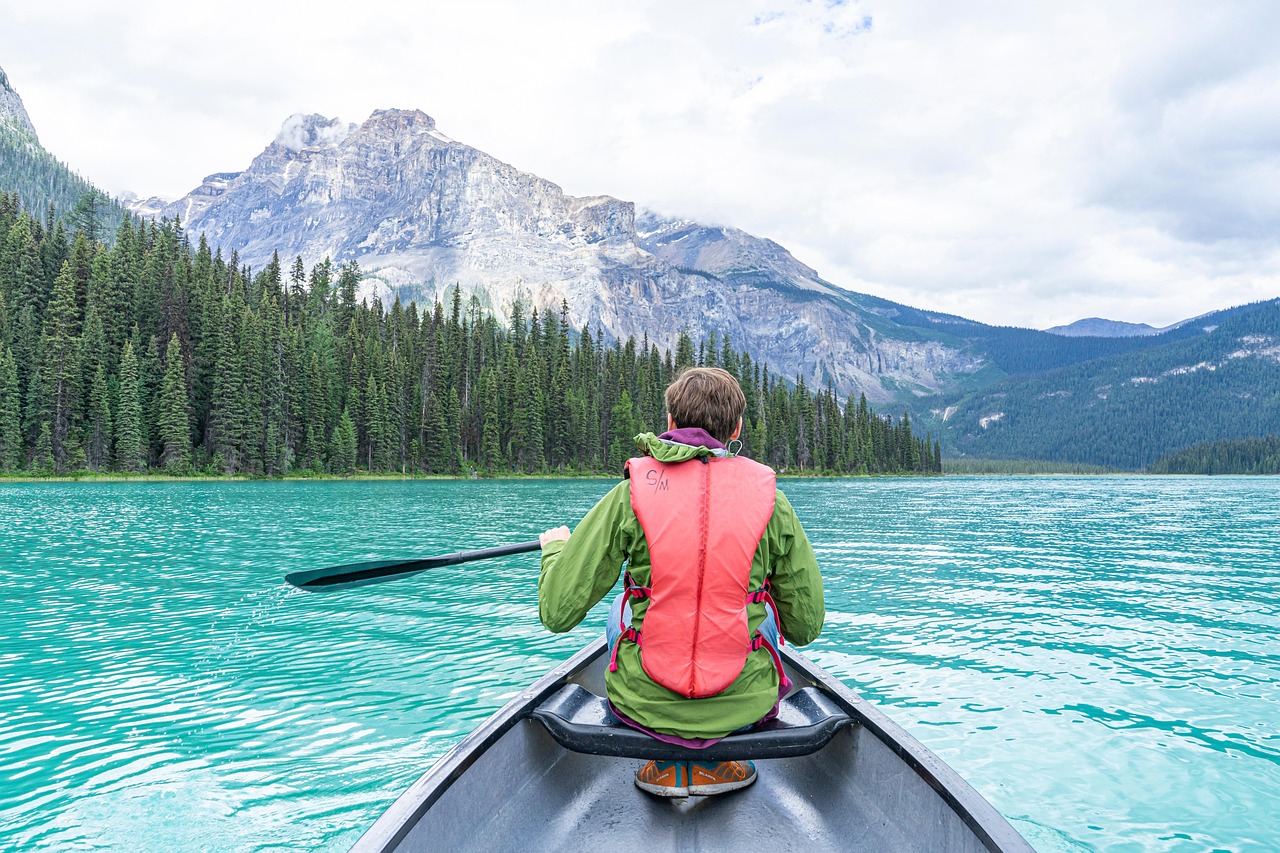Understanding the Purpose
A Legacy of Preserving America’s Wild Places
In 1964, a historic step was taken to protect America’s natural landscapes. The Wilderness Act, signed into law on September 3 of that year, didn’t just set aside land—it created a bold vision for conserving the nation’s last untouched areas.
At its core, the Wilderness Act established the National Wilderness Preservation System. This system gave formal protection to over 9 million acres of federal land, with the goal of preserving these places “where the earth and its community of life are untrammeled by man.” It’s a law rooted in the idea that some parts of nature should remain wild, untouched by development, roads, or industry.
What Does the Act Do?
The Act outlines a detailed framework for how wilderness areas are designated, managed, and protected:
- Designation of Wilderness Areas
Lands in national forests, parks, and wildlife refuges can be officially declared wilderness areas by Congress. Once designated, these areas are protected from permanent roads, commercial enterprises, and structures. Mechanical transport and motorized equipment are generally prohibited, preserving the area’s primitive condition. - Management and Responsibility
The Secretary of Agriculture and the Secretary of the Interior oversee wilderness areas, each within their department’s jurisdiction. They are responsible for developing rules that uphold the law’s intent and ensure these lands remain as wild as possible. - Special Provisions and Exceptions
Though preservation is the goal, the Act allows certain uses when necessary. These include:- Continued use of aircraft or motorboats in areas where such use was established before the Act.
- Control of fires, insects, and diseases if required.
- Limited mineral exploration and surveys (allowed until the end of 1983), as long as they align with wilderness values.
- Water and power projects, and livestock grazing, under strict regulation.
- Commercial services when essential to recreational or educational purposes.
Navigating Ownership and Access
The Act recognizes the complex mosaic of land ownership. In cases where private or state lands are surrounded by wilderness, access rights are granted, or land exchanges are encouraged. Valid mining claims and other rights are also respected, though strictly regulated to protect the wilderness character.
Supporting Wilderness with Donations and Gifts
The Act also encourages public support. The Secretary of Agriculture can accept gifts or bequests of land, either within or next to wilderness areas, to expand protections. Private donations to support the Act’s goals are also permitted.
Oversight and Reporting
The Wilderness Act directs the Secretaries of Agriculture and the Interior to provide regular reports to Congress on the status of the National Wilderness Preservation System. These reports help inform lawmakers about ongoing conditions at that time, management efforts, and future needs related to wilderness protection.
This law was more than just an environmental measure, it was a statement of values. The Wilderness Act remains one of the most influential conservation laws in U.S. history, inspiring generations to appreciate and defend the untamed beauty of America’s natural heritage.


